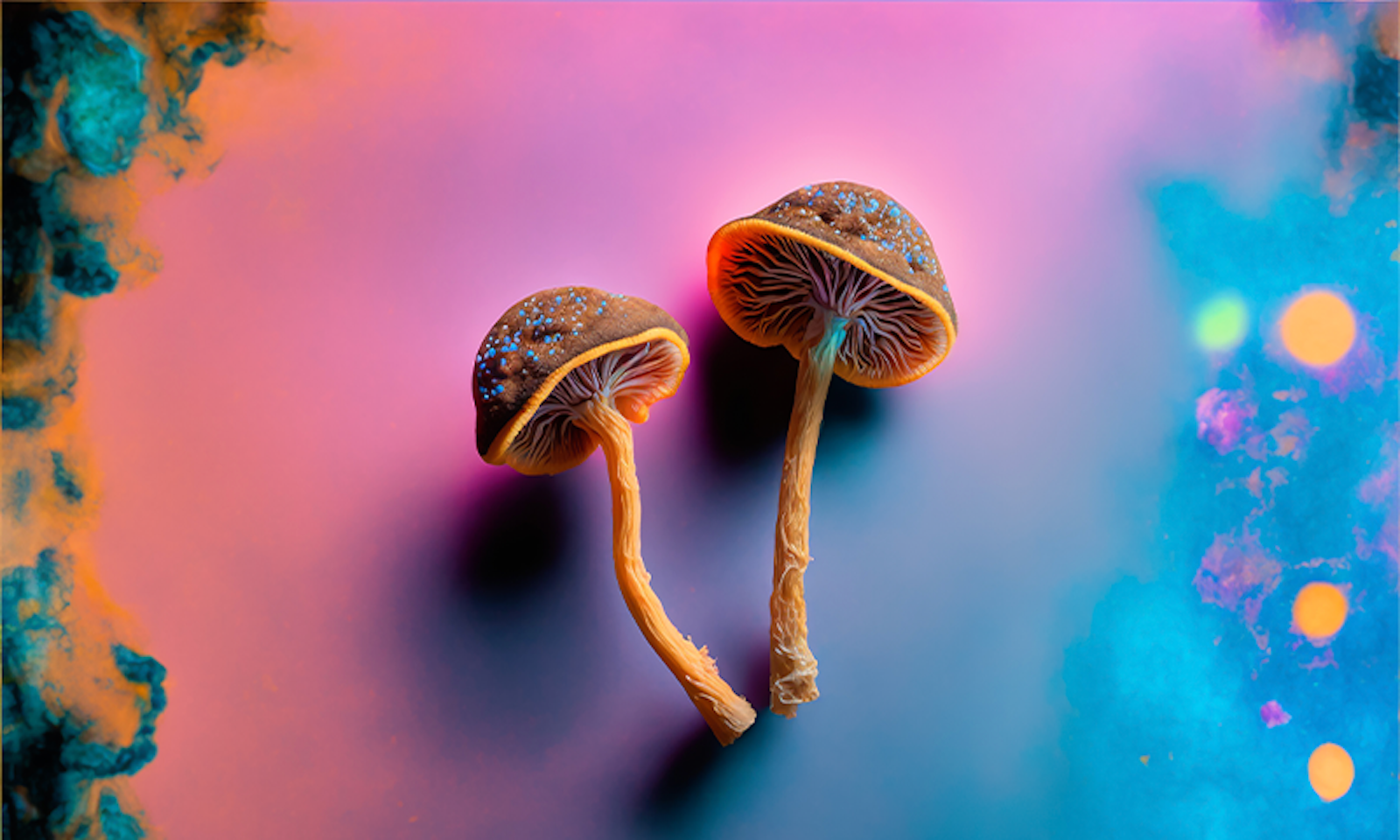In June 2023, 12,000 people converged on Denver for the biggest psychedelic conference in history. It was kind of a coming out party. For five days, scientists, mystics, and psychonauts—even celebrities like Aaron Rodgers and Melissa Etheridge—talked up the therapeutic potential of the new psychedelic revolution.
But then, during the closing ceremony, protestors took over the stage, demanding justice for Indigenous people, talking about the history of exploitation and cultural appropriation. Many of the most widely-used psychedelics have long histories within Indigenous cultures. Psilocybin, ayahuasca, and peyote have been used for centuries for physical and spiritual healing and to gain insight into other dimensions of reality. These were sacred medicines—until white people discovered them.
These were sacred medicines—until white people discovered them.
In the 1960s, anthropologists and spiritual seekers started trekking down to Mexico and the Amazon, looking for shamans and traditional healers. They came home with stories of mind-melting plant ceremonies, and the pharmaceutical companies followed. They collected plant samples and synthesized their chemical compounds, looking for molecules they could patent so they could cash in. Today, psychedelics made in laboratories are a multi-billion-dollar industry, and lots of people think they will revolutionize the treatment of mental health care.
This may sound like a familiar story of exploitation and colonization. Some people would call it taking, or even stealing, the knowledge of Indigenous people. So I wanted to know, where did the story of bioprospecting begin? I asked Lucas Richert, a historian in the School of Pharmacy at the University of Wisconsin-Madison.
Some 100 years before Timothy Leary turned the counterculture onto psychedelics, early pharmaceutical companies were bioprospecting, contacting Indigenous people in search of wonder drugs. How did the American pharmaceutical companies get started in the psychedelics business?
In the 1800s, new pharmaceutical companies were looking for raw materials with which they could create medicines for the marketplace. So if you’re the founder of a company, you are going to go to different parts of the world to try to identify plants you don’t have in your own geographical area. You’ll go to Mexico. If you can afford it, you’ll send people to Africa. Then you’ll get these plants into a lab, identify the alkaloids, and try to create a medicine.
Peyote, or mescaline, as we know it, is a good example. Peyote is part of the cactus family in northern Mexico and it’s been used by Indigenous groups for millennia. We have cave paintings that testify to its use in sacramental and in ritual settings. If you’re a pharmaceutical company like Parke-Davis, which is based in Detroit, you’ve got free agents around the globe—scouts, if you will. In the mid 1880s, they heard that individuals in Texas and across the border in Mexico were using this cactus, mashing it up, putting it into alcohol, putting it into water, and getting a bit of a buzz. So executives at Parke-Davis were stroking their chins, thinking, this is potentially a moneymaker for us. We have a series of letters actually talking through how Parke-Davis is going to buy bushels of these cacti and get them to their labs in Detroit. How much are these bushels going to cost, how much is it going to be for a specific cactus “button?” How is it going to be used? And you’ve got these individuals in Texas who are negotiating price.
Who are they negotiating with?
Local Indigenous people or local moneymen, local prospectors. But what happens ultimately is that these cactus buttons are given and are sold to Parke-Davis, which then creates a mixture that they call analonium. This analonium is a cocktail of cactus flesh plus belladonna, a toxic herbaceous plant, and Digitalis, commonly known as foxglove. They start selling it, first in 1889, but then afterward, in their catalogs, in the stores they were working with.
Psychedelics made in laboratories are a multi-billion-dollar industry.
And of course they are stripping out all of the Indigenous culture and tradition, medicalizing it, and making a huge profit from it.
So this process of pharmaceuticalization and medicalization, as you rightly call it, doesn’t build Indigenous communities into the profit. It doesn’t include them in decision-making. It’s, “We are taking this plant-based material and we are using it for our purposes. We’re not going to compensate you in any way and that’s just the price of doing business.”
Well, and just to follow up on this, I mean, Parke-Davis is now Pfizer, correct?
That’s correct.
This is so fraught because, on the one hand, these pharmaceutical companies are basically going and finding these plant medicines that have been the preserve of local rituals and Indigenous knowledge, and yet on the other hand, they can do a huge amount of good for all of us, potentially, if used well. How do you navigate that line?
Yeah, if used well, used ethically. There are definitely ongoing discussions that I’m aware of around how psychoactive pharmaceutical companies and psychedelic companies are working with Indigenous groups in the present moment. Whether there’s going to be reciprocity in any way, shape, or form—whether x amount of shares and stocks are going to go back to a local group, whether there’s going to be some sort of contract signed in perpetuity that enables sharing of profits. But I’m not sure this is something that’s going to get worked out right away. ![]()
Lead image: Room27 / Shutterstock
Excerpted from Luminous, a series from To the Best of Our Knowledge, hosted by executive producer Steve Paulson. Luminous explores the philosophical and cultural implications of psychedelics through conversations with scientists, historians and healers. You can learn more about the series and find where you can listen at ttbook.org/luminous.
































